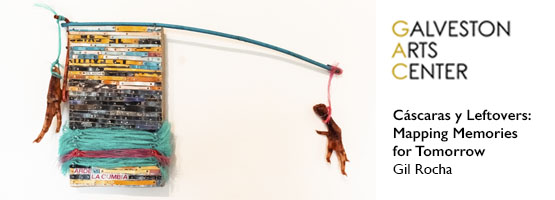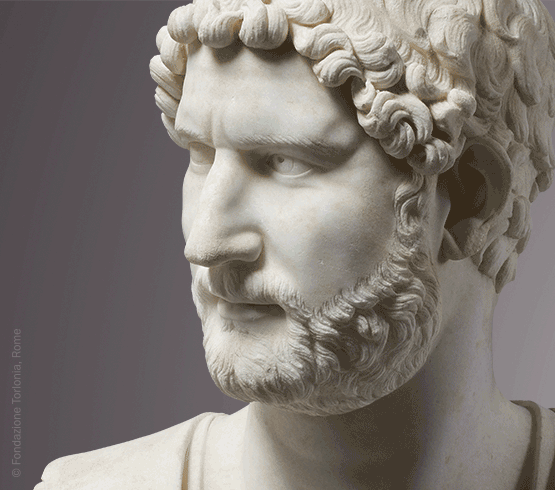Reflecting on a milestone 20 years at Ars Lyrica Houston, Founder and Artistic Director Matthew Dirst took a moment to look back at the beginning. “It hardly seems possible,” says Dirst. “It was a kitchen table kind of organization. It essentially grew out of a nucleus of musicians that I had put together to play programs on some local church series.”
To celebrate 20 years of adventurous music-making, Dirst has designed a season full of captivating musical enchantments. The theme of magic pervades the six mainstage productions. “I had a good deal of fun devising this season for that reason,” says Dirst with a twinkle. “It’s a really good theme.”
Fairies, ghosts, and other paranormal weirdness dominate the season opener Fallen Angels (Sept. 22) at Zilkha Hall. Fantastical masques taken from Henry Purcell’s Fairy Queen form a major part of the program. These spirited musical episodes are sprinkled within a souped-up version of Shakespeare’s A Midsummer Night’s Dream. Supernatural characters from the play go off on strange and metaphorical tangents that have little to do with the original Shakespeare.
Ecstatic Visions (Nov. 3) will feature the radiant soprano Sherezade Panthaki in Handel’s rarely-heard showstopper Silete Venti. Demanding sheer virtuosity and lyrical expression from soloist and orchestra, the masterpiece contains a whirlwind fugue, a pastoral reverie, and a quirky, sparkling Alleluia.
Dirst is excited to offer for the first time Marc-Antoine Charpentier’s festive Midnight Mass for Christmas on the holiday program Awe and Wonder (Dec. 12). It’s a well-known staple in the repertoire, but one that Ars Lyrica has never performed before. Composed in the 1690s, the piece’s unique appeal lies in its use of at least ten traditional French carols. These popular melodies, enlivened by Charpentier’s masterful counterpoint and harmony, give the whole an exuberant charm.
Fugal Games (Jan. 13) celebrates the release of Dirst’s new book, Bach’s Art of the Fugue and Musical Offering. It’s the first book in Oxford University Press’s new series The American Bach Society Guides. Taking advantage of pandemic downtime, Dirst finished the book in record time. Although these compositions are monumental, Dirst assures the reader that his book is not. “I only write short books,” he jokes. “This one is intended for a general audience, not just other people with PhDs in music, but for the music-loving public.”

1 ⁄9
Ars Lyrica founder and artistic director Matthew Dirst. Photo by Jacob Power Photography.

2 ⁄9
Raven McMillon. Photo by Lynn Lane.

3 ⁄9
Lauren Snouffer with Ars Lyrica. Photo by Lynn Lane.

4 ⁄9
Nicholas Garza in the Ars Lyrica production of Dido and Aeneas. Photo by Lynn Lane.

5 ⁄9
Nola Richardson with Ars Lyrica. Photo by Pin Lim.

6 ⁄9
Camille Ortiz; Photo by Annie Mulligan.

7 ⁄9
Randall Scotting; Photo courtesy of the artist.

8 ⁄9
Sherezade Panthaki with Ars Lyrica. Photo by Pin Lim.

9 ⁄9
Ars Lyrica founder and artistic director Matthew Dirst. Photo by Lynn Lane.
Soprano Lauren Snouffer, a favorite Ars Lyrica collaborator, will sing in an all-French concert entitled Visions and Reveries (March 16). On the program are lyric cantatas on mythological themes by Elizabeth Claude Jacquet de la Guerre and Jean-Philippe Rameau, as well as an intricate instrumental suite by François Couperin.
Ars Lyrica began offering fully-staged Baroque operas in the 2018-2019 season. Since the inaugural production of Handel’s first operatic masterpiece Agrippina, the ensemble has undertaken an opera every other season. Its stunning production of Purcell’s Dido and Aeneas in 2022 stood out as a transcendent experience.
The grand finale of the 20th anniversary season will feature one of Handel’s famed “magic” operas, Amadigi di Gaula (May 24-25). In the early 1730s Handel turned to librettos that take up plots with magical elements—sorcerers, flying carpets, supernatural phenomena. The opera concerns itself with a love situation where two people who belong together are kept apart by the schemings of two other people. The bad guys get what they deserve in the end. It stars a small cast of four characters, two sopranos and two countertenors, all high voices.
—SHERRY CHENG





